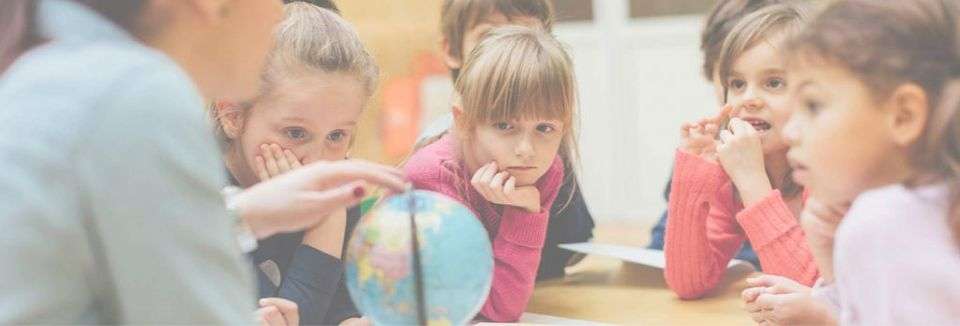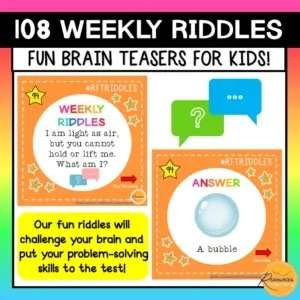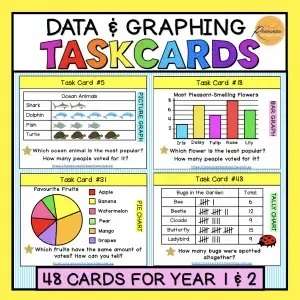Best Teacher Resources for Primary and Secondary Education
Resources for Teaching offers the best teacher resources for primary and secondary education. Their store facilitates highly engaging learning environments through their broad range of teacher created resources that are aligned with the Australian Curriculum. Their printables, worksheets and activities will help save you time and energy preparing educational lessons so that you can be more present with your students in the classroom. Visit https://resourcesforteaching.com.au/ for more.


@TeachingResource
Bringing Play and Learning Together: Developing Fun Lesson Plans for Kindergarten
Young pupils flourish when learning becomes an engaging and fun experience. By combining fun and learning into our lesson plans for kindergarten, we can create a dynamic and engaging environment that fosters active participation and boosts learning. In this blog, we’ll look at practical ways to include excitement into English lessons, as well as the importance of lesson planners in ensuring a smooth and enjoyable classroom experience.
Children’s Activities and Games:
Incorporating hands-on activities and games into your lesson plans for kindergarten is a wonderful way to make learning more enjoyable. Use flashcards, puzzles, and interactive manipulatives to engage young learners in English language development. Phonics games, word building activities, and rhyming exercises can all aid in the development of crucial language abilities in youngsters while also being enjoyable.
Music and Movement:
Music and movement are naturally appealing to young children. Incorporate songs, chants, and action rhymes into your lesson plan to help students retain vocabulary, pronunciation, and rhythm. Participating in movement activities and dances related to course subject not only increases language acquisition but also energises and engages students.
Storytelling and Dramatic Play:
Use the power of storytelling and dramatic play to ignite your students’ imaginations. Include picture books, puppets, and props in your lesson plan for English, and encourage students to act out or make up their own stories. Allow students to play role-playing games in which they can pretend to be different characters, so improving language development and creativity.
Art and Craft Activities:
Incorporating arts and crafts into your class plans to help children develop their creativity and fine motor abilities. Encourage younger kids to create collages, drawings, or crafts that are related to the English lesson subject. This hands-on approach not only promotes language development but also provides a fun and tactile experience that increases overall engagement.
Interactive Technology:
Use interactive technology to improve learning experiences for young students. Use age-appropriate educational programmes, online games, and interactive whiteboards to teach new language, engage in virtual storytelling, or practice listening and speaking skills. Incorporating technology into your lesson plan will increase interest and interaction in your classroom.
Conclusion:
In kindergarten lesson plans, combining fun and learning is critical for creating a positive and engaging learning environment for young students. Introduce hands-on activities, storytelling, music and movement, interactive technology, art and crafts, and visual aids into your English lessons to increase enthusiasm and activate engagement among your pupils.
A preschool lesson planner can help you easily organise and manage your lessons as a Pre-K teacher, ensuring a constant flow of stimulating activities throughout the day. By embracing engaging and innovative teaching practices, we can establish a solid foundation for language acquisition, instil a love of learning, and set our young learners on a route to success in English and beyond. For the best lesson plans for kindergarten and preschool lesson planners, go to https://resourcesforteaching.com.au.
The author is a writer who often publishes articles on health and education for their readers online. She also manages a website that offers a range of teaching resources online. Visit https://resourcesforteaching.com.au/ for more information.

Comprehensive Teaching Resources for Engaging Education
Explore a diverse selection of high-quality teaching resources designed to enhance learning and simplify lesson planning at Resources for Teaching. From printable worksheets to interactive lesson plans, these resources are tailored to support effective teaching and align with educational standards. Perfect for educators seeking to create engaging and structured learning environments. To learn more, visit https://resourcesforteaching.com.au/.

Find the latest worksheets, activities, task cards, classroom decorations and blog posts for primary and secondary education. Resources have been thoughtfully made by an Aussie teacher with a passion for creativity and have been aligned to the Australian Curriculum. To learn more visit https://resourcesforteaching.com.au/ or call 0426788853 .
Services: Teaching Resources
Business hours: 24/7
Payment Method: Visa, MasterCard, American Express and PayPal
Address : 6 Pemberton Lane, Parramatta, Sydney, NSW, Australia, 2150
Phone no : 0426788853
Business mail : info@resourcesforteaching.com.au
Install Palscity app







